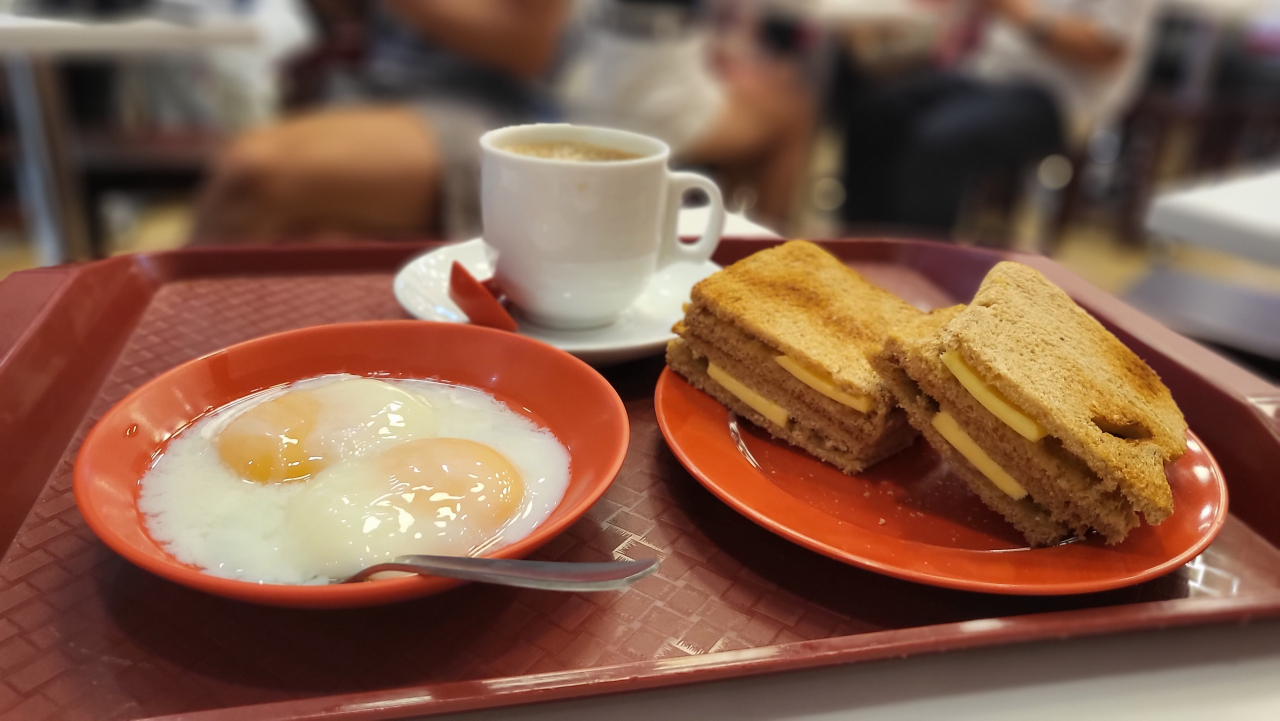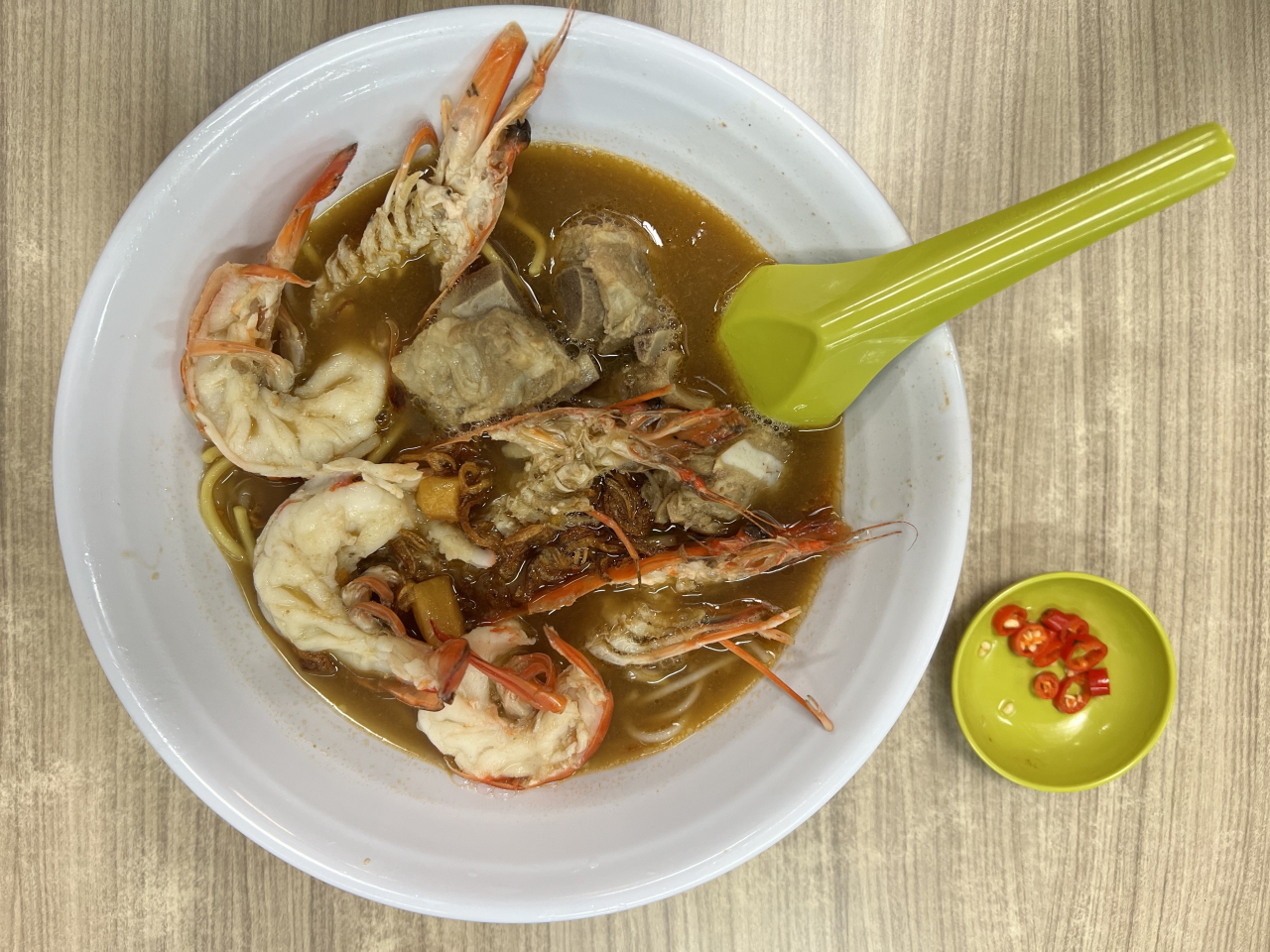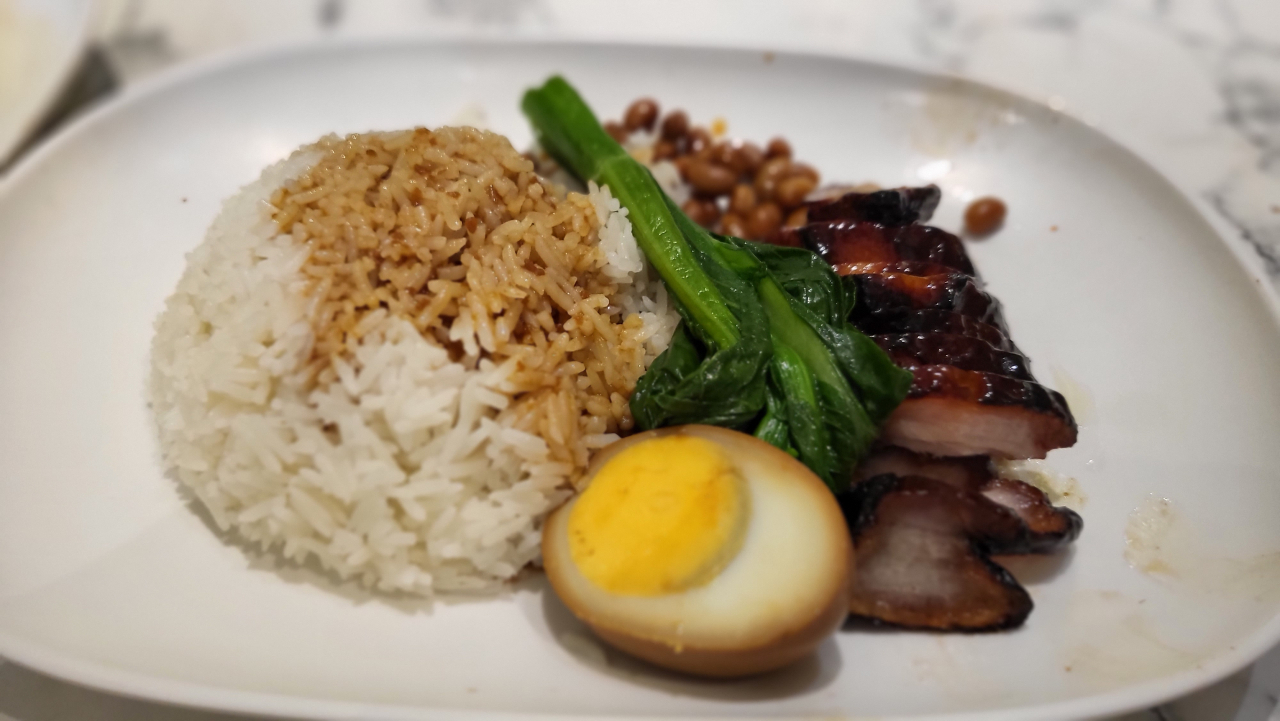Endless temptations of sweet and spicy in Singapore
By Kim Hae-yeonPublished : Oct. 29, 2022 - 16:01

SINGAPORE -- Traveling takes courage, especially when it comes to trying out new food in a foreign country.
Although basic ingredients such as meat or vegetables in popular dishes are universal, the differences in seasoning and the resulting aroma of each dish can take a traveler by surprise.
But in Singapore, those with even the most fastidious tastes have nothing to fear.
Known as a melting pot of Asia for its mix of history, culture and arts, Singapore's food options also delight epicures with its endless variety.
From the taste of a quick bite at a street vendors on the go, to elaborate meals served at fine dining restaurants, the island state's dishes carry a hint of flavor that blends Southeast Asian cuisines as well as Chinese, Japanese and Indian influences.
Singaporeans take price in their hawker centers, wide outdoor halls with dozens of food stalls that sell popular dishes at affordable prices.
For travelers, a hawker center is a place to eat like locals and discover the culinary delights of Singapore.
Make sure to have some cash on hand if you plan to visit one as most stalls do not accept credit cards.

Kaya toast
One of the most commonly enjoyed breakfast bites in Singapore is kaya toast.
Its origins date back to the 19th century, when Hainanese immigrants who worked as cooks on British ships and homes, adapted what they had served at work during the Straits Settlement Period. British breakfasts with western-style fruit-based jams morphed into kaya toasts in the early 20th century.
Kaya spreads are traditionally made of coconut cream, sugar, whole eggs and pandan leaves.
At 8 a.m. on a weekend, there was a line at the Ya Kun Kaya Toast eatery, one of the most famous kaya toast shops in Singapore, which has been in business for more than 70 years.
There is a choice of milk tea or black coffee and a small bowl of soft-cooked eggs is served along with the toast.
While waiting for the toast, some simply slurp up the egg in a bowl, while others pick up add soy sauce and pepper to the egg.
A generous amount of light green kaya jam and a slab of cold butter is sandwiched between the two slices of toasted bread.
With just the right amount of sweetness, kaya toast will fuel you through the hot and humid morning until lunchtime, even more so with a bitter coffee alongside it.

Singapore prawn noodles
After bread in the morning, noodles make a good midday meal.
At lunch hour, Blanco Court Prawn Mee, located in the hip Haji Lane, is packed with a mix of tourists and young people.
There are several types of noodles from which to choose -- kway teow, vermicelli or thick bee hoon. With a dry or soup option, the jumbo prawn toppings are its signature.
Singapore's vermicelli are often yellowish in color as curry powder is used in the recipe.
There are mixed views on its true origins, but most believe them to be from Hong Kong, inspired by Indian-Chinese influence.
Meat lovers can have pork ribs and pork tail added.
In the soup version of the noodle dish, the buttery prawn oil gently spreads into the dark brown broth, giving it an earthy flavor with a natural sweetness.
A few more spoonfuls of the soup bring home its spicy kick, which comes from fried onions and pepper used in the recipe. Those who want a spicier version can add the Malaysian sambal sauce or red chili pepper slices.

Char siu rice
A trip to Singapore is not complete without some rice.
Char siu is a Cantonese-style of roasted barbecue pork.
Char siu is crispy on the outside and juicy and chewy on the inside.
The cooking method and the sauce that blends into the meat are what make char siu unique.
Although the dish originated in China's Guangdong Province, Singapore has one of the most famous char siu eateries in the world.
The restaurant Hawker Chan in Chinatown received a Michelin star in 2016 and although the restaurant did not make the Michelin guide list for two consecutive years starting in 2021, families and office workers still stand in long lines to get char siu with a simple option of rice or noodles.
Its signature home-made rich caramelized soy sauce coats the crispy shell of the pork belly. The meat itself is salty and sweet in flavor, so it goes well with bowl of plain white rice.
Char siu can also be ordered with egg noodles or bao (steamed bun).








![[Graphic News] More Koreans say they plan long-distance trips this year](http://res.heraldm.com/phpwas/restmb_idxmake.php?idx=644&simg=/content/image/2024/04/17/20240417050828_0.gif&u=)
![[KH Explains] Hyundai's full hybrid edge to pay off amid slow transition to pure EVs](http://res.heraldm.com/phpwas/restmb_idxmake.php?idx=644&simg=/content/image/2024/04/18/20240418050645_0.jpg&u=20240419100350)






![[From the Scene] Monks, Buddhists hail return of remains of Buddhas](http://res.heraldm.com/phpwas/restmb_idxmake.php?idx=652&simg=/content/image/2024/04/19/20240419050617_0.jpg&u=20240419175937)

![[KH Explains] Hyundai's full hybrid edge to pay off amid slow transition to pure EVs](http://res.heraldm.com/phpwas/restmb_idxmake.php?idx=652&simg=/content/image/2024/04/18/20240418050645_0.jpg&u=20240419100350)

![[Today’s K-pop] Illit drops debut single remix](http://res.heraldm.com/phpwas/restmb_idxmake.php?idx=642&simg=/content/image/2024/04/19/20240419050612_0.jpg&u=)